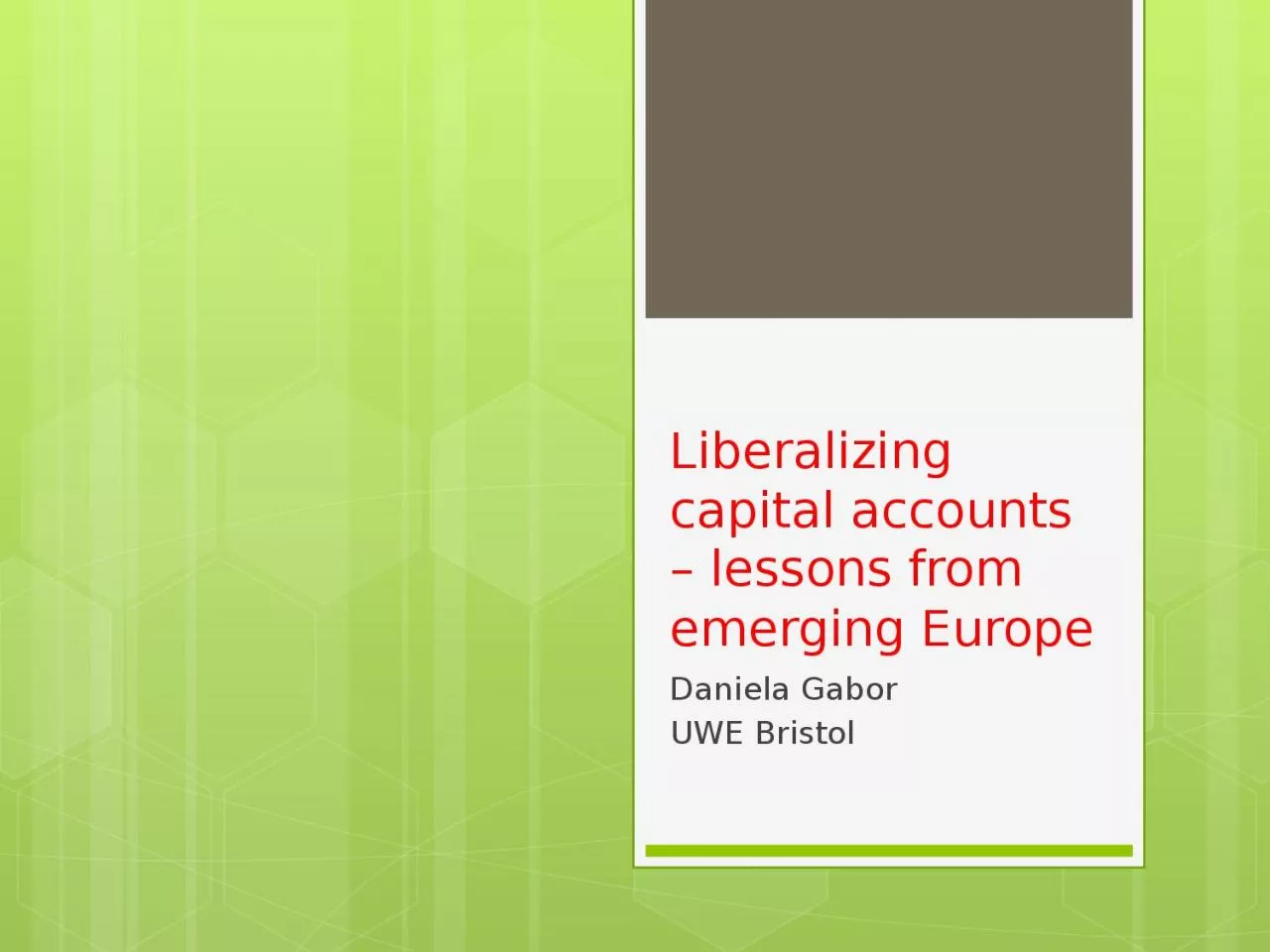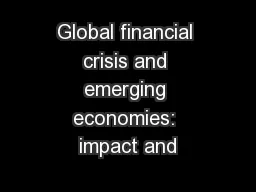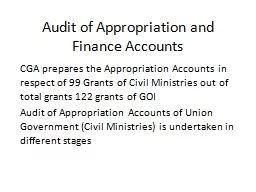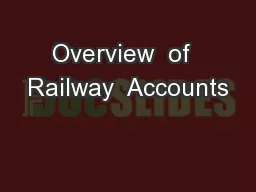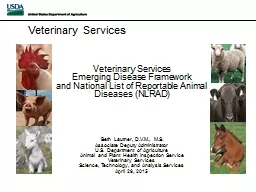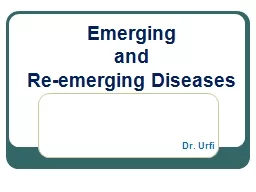PPT-Liberalizing capital accounts – lessons from emerging Europe
Author : jocelyn | Published Date : 2023-11-06
Daniela Gabor UWE Bristol Background Two waves of liberalization post 1990 fast Czech Republic and Baltic States by 1996 and gradual liberalizers Hu Ro Bg
Presentation Embed Code
Download Presentation
Download Presentation The PPT/PDF document "Liberalizing capital accounts – lesson..." is the property of its rightful owner. Permission is granted to download and print the materials on this website for personal, non-commercial use only, and to display it on your personal computer provided you do not modify the materials and that you retain all copyright notices contained in the materials. By downloading content from our website, you accept the terms of this agreement.
Liberalizing capital accounts – lessons from emerging Europe: Transcript
Download Rules Of Document
"Liberalizing capital accounts – lessons from emerging Europe"The content belongs to its owner. You may download and print it for personal use, without modification, and keep all copyright notices. By downloading, you agree to these terms.
Related Documents

